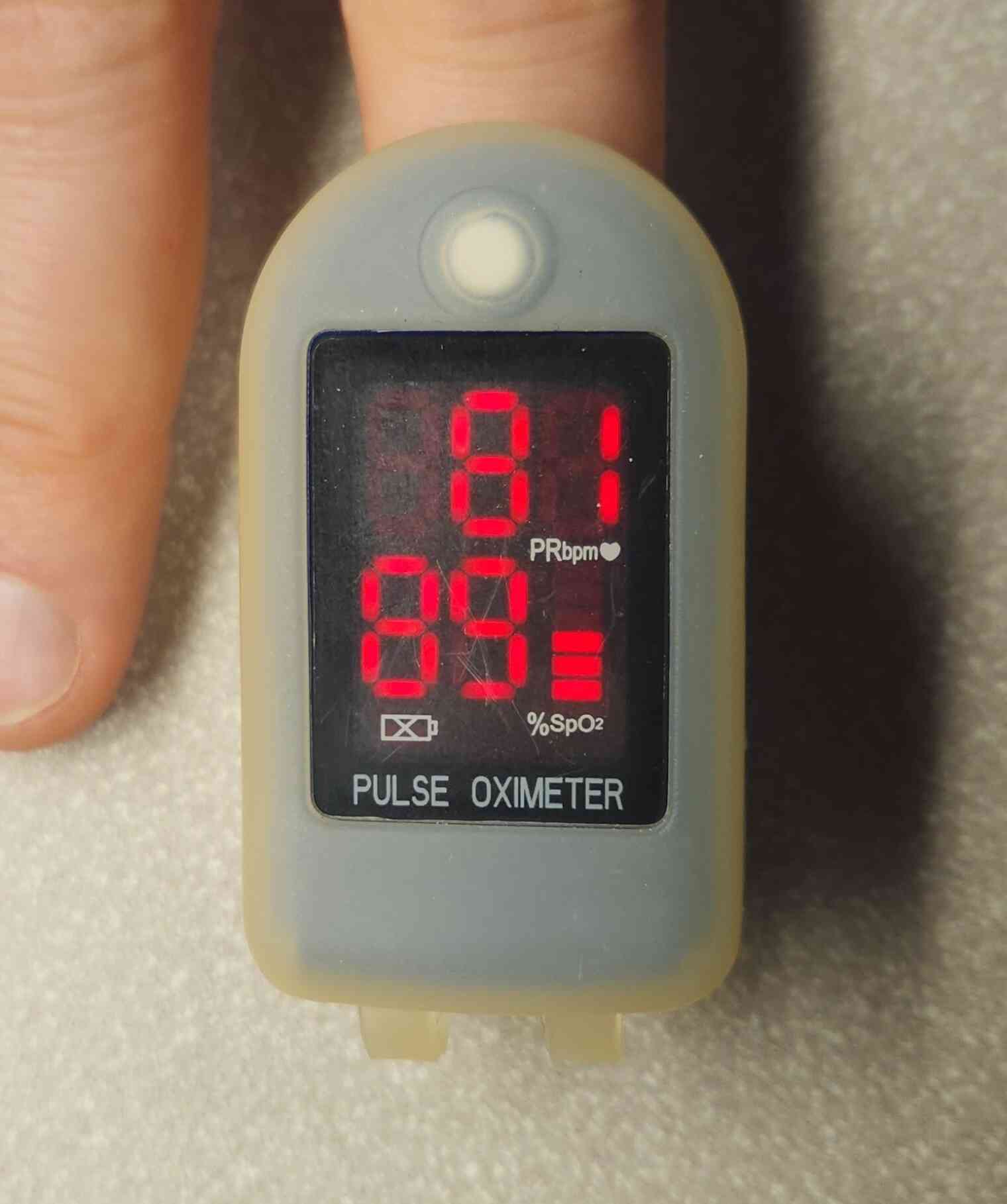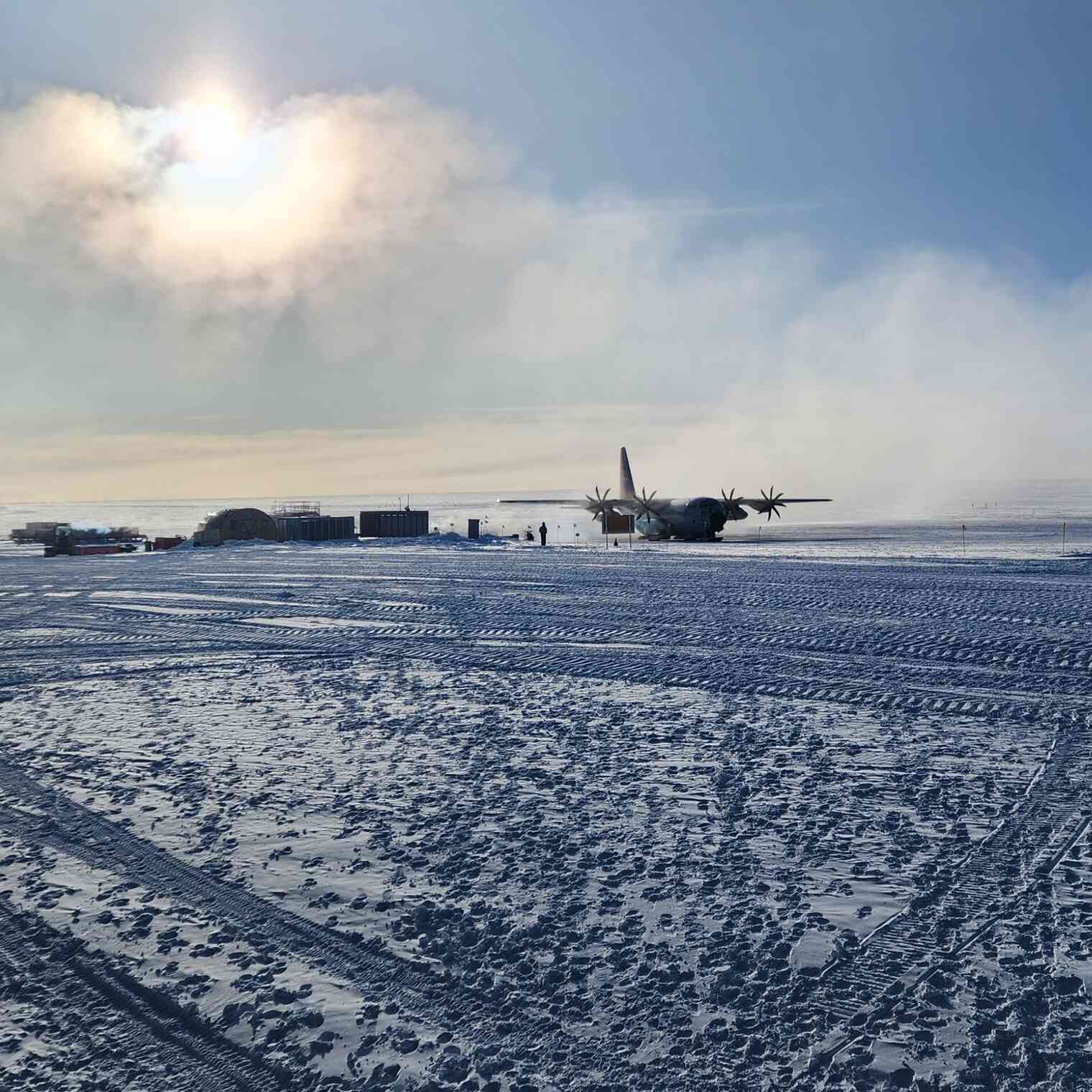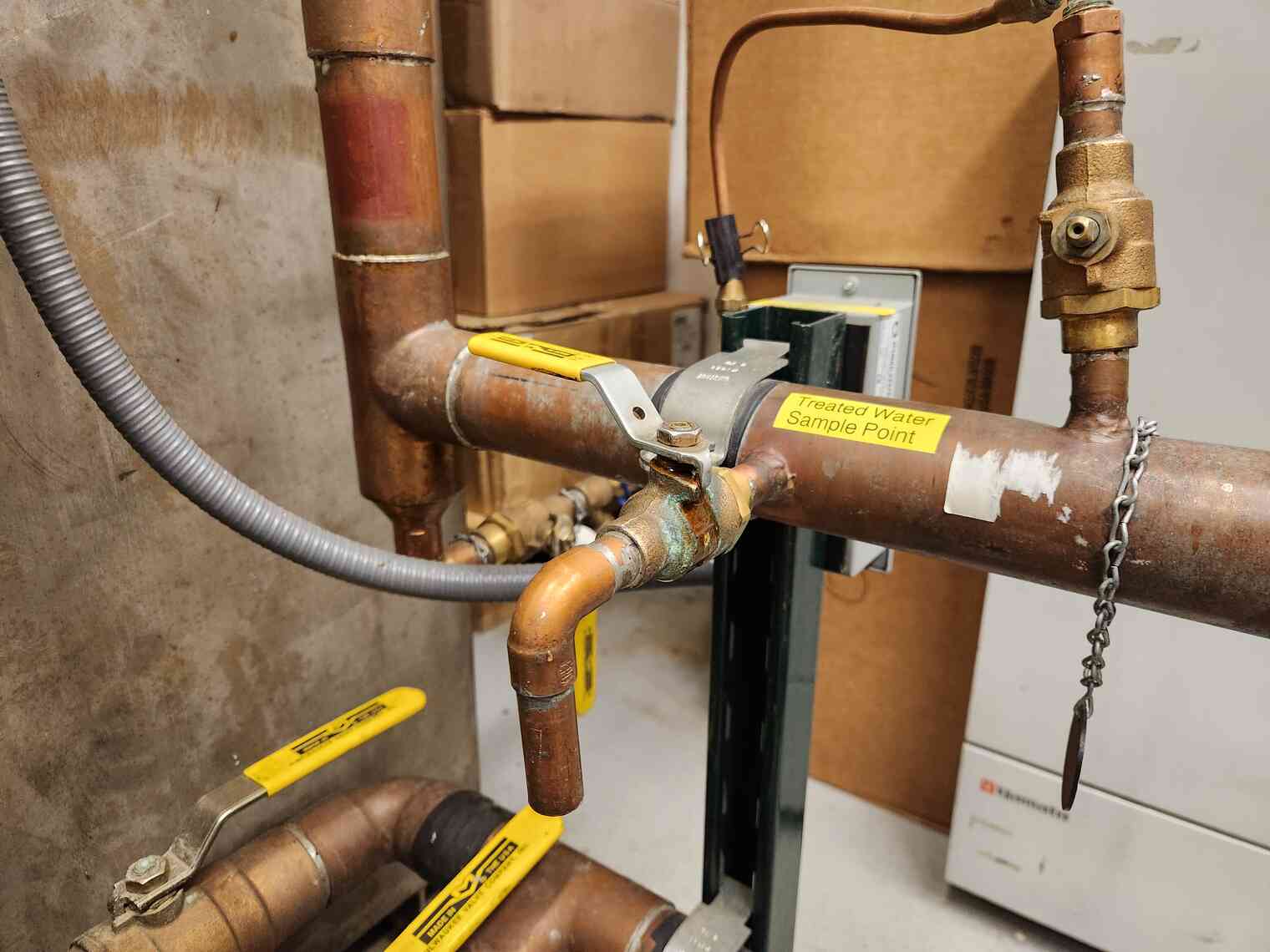It’s a balmy -66.5°F / -54.7°C today! With the wind chill, it’s a bit nippy, but nothing out of the ordinary.
The big outlier today, however, is the pressure altitude, which is currently 11,471 feet (3,496 meters).
South Pole Station officially sits at 9,301 feet (2,835 meters) above sea level. It’s a flat, featureless expanse, but it’s high up on the polar plateau:
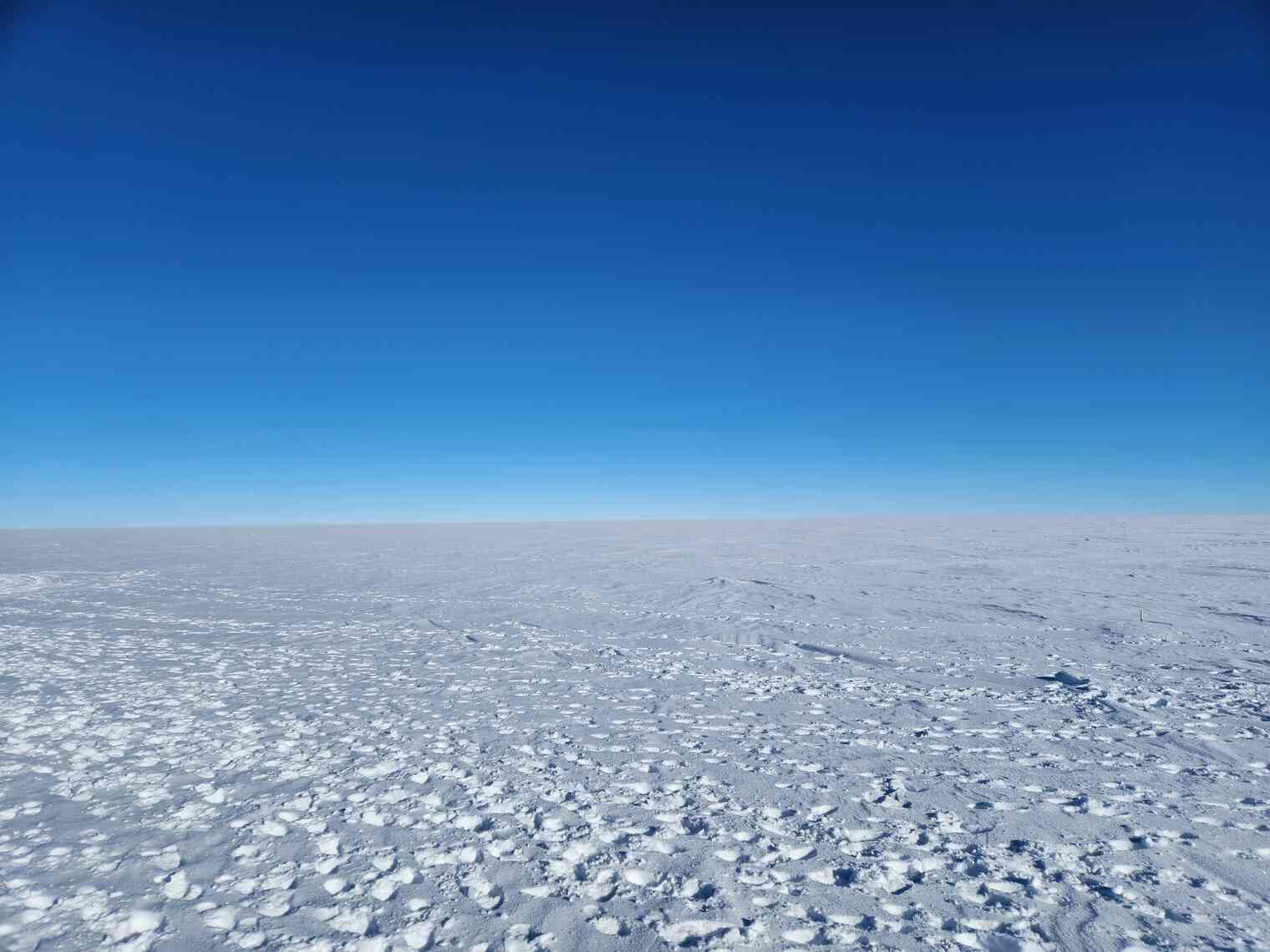
Earth’s atmosphere bulges at the equator, and it is compressed at the poles, due to forces caused by the rotation of the earth on its axis. Since the atmosphere is compressed at the poles, the air pressure drops faster as you go up, compared to a similar change in elevation at middle latitudes.
So – even though we are physically at 9,301 feet above sea level, it almost always feels like we’re higher! Because the atmosphere is compressed, 9,301 feet above sea level at the poles yields a lower air pressure (and higher associated physiological impact) than an equivalent elevation at a middle latitude.
Our current “pressure altitude” is a full 2,170 feet (661 meters) higher than our actual, physical altitude! This means that the current barometric pressure we’re experiencing, 657.8 millibars, is what you’d typically experience at 11,471 feet above sea level in a middle latitude.
Natural weather variability can produce large swings in air pressure here, which impact our perceived pressure altitude. Even a difference of a few hundred feet is noticeable! On a day like today, you find yourself breathing more heavily even doing routine tasks, like walking up an indoor staircase.
Fun South Pole fact – Pulse oximeters yield baseline / healthy %SpO2 results that would be considered alarming back home!

It’s fine for us, because we’ve been here long enough that we’re fairly acclimated. But it’s rough upon first arrival, or for folks who stop over at the South Pole for just a few hours or a few days, especially if you’re working during that time.
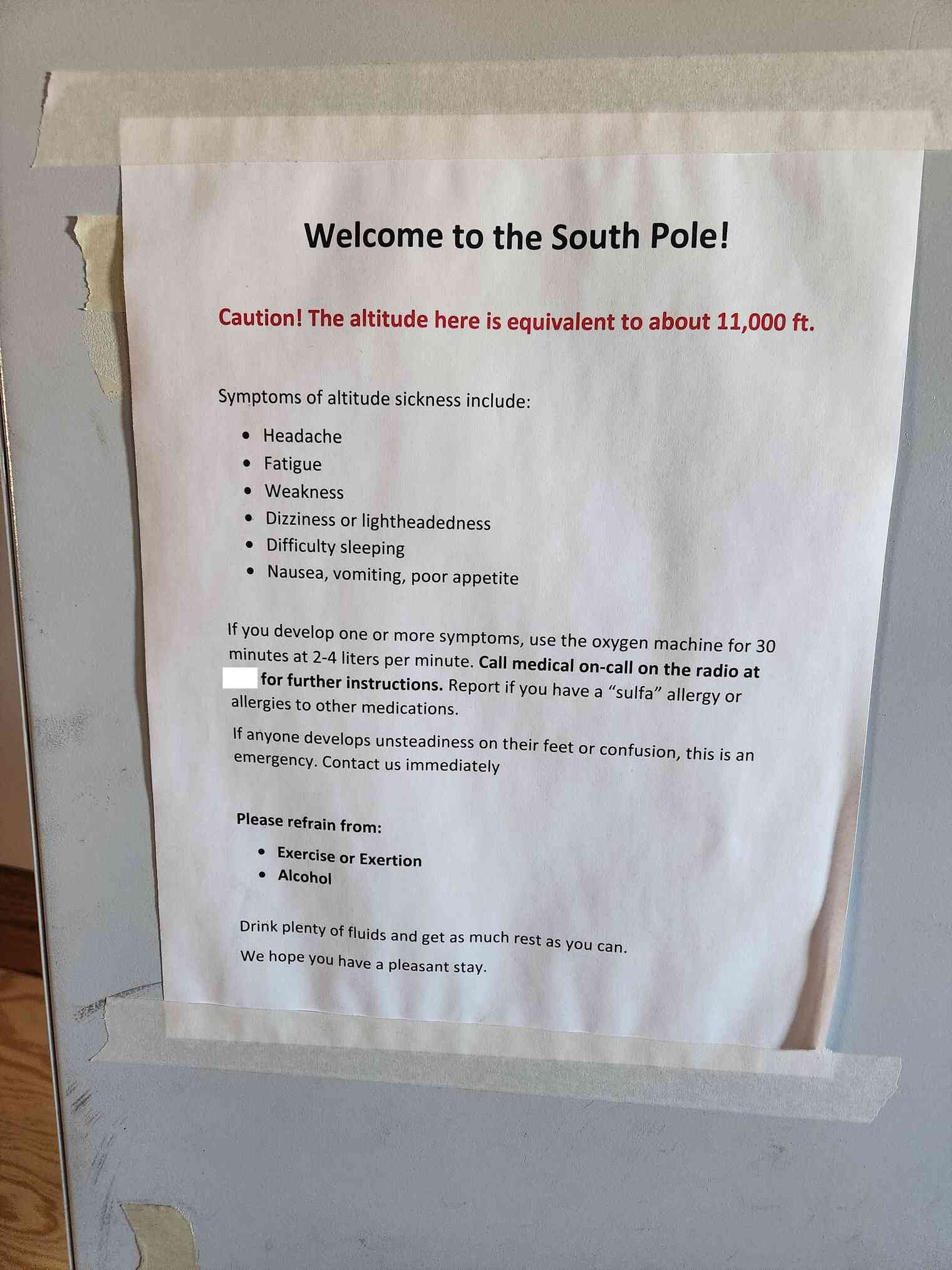
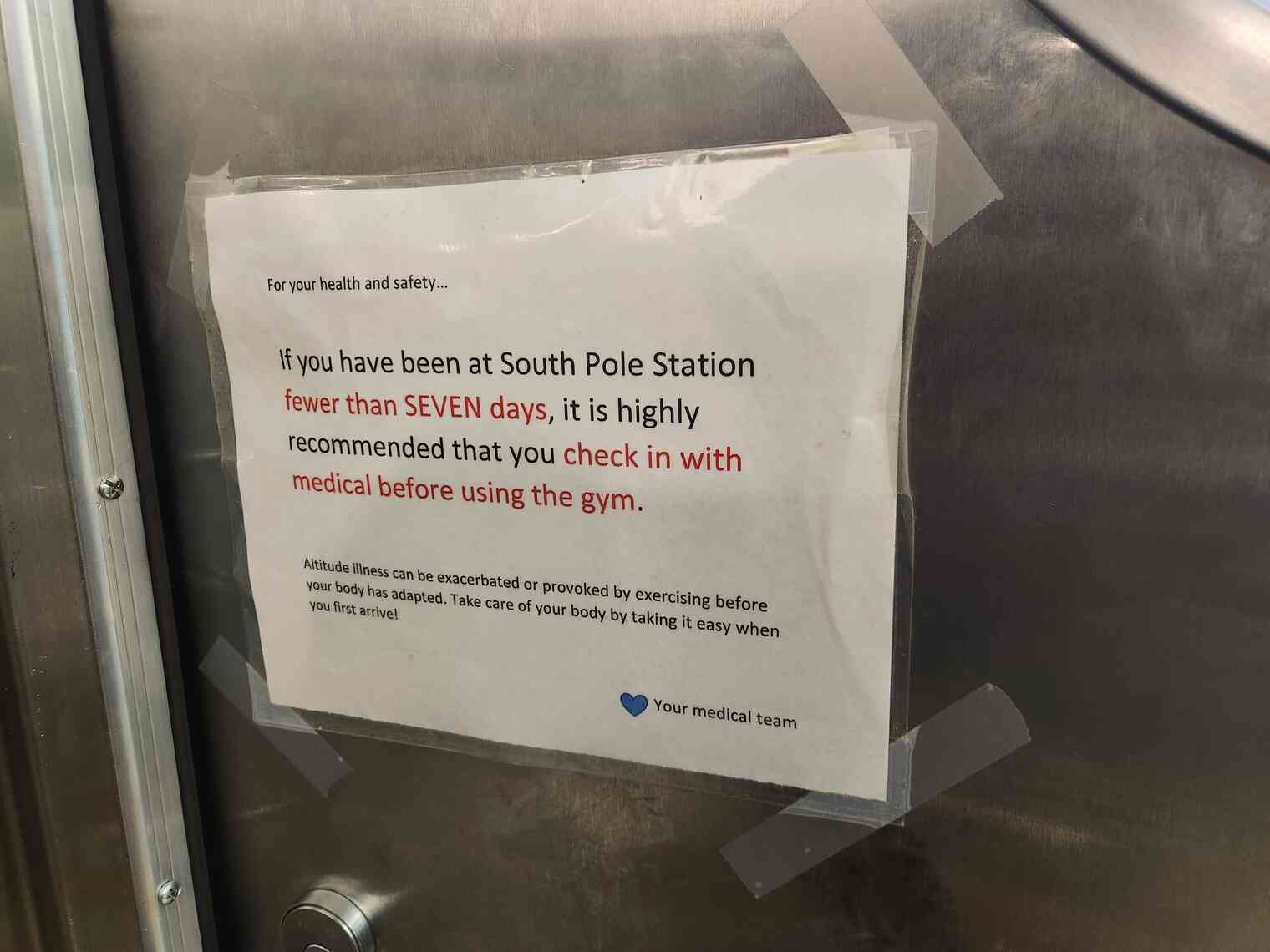
This is why, for folks flying here from McMurdo, McMurdo medical recommends and prescribes Diamox, as I noted in South Pole Arrival.
Of course none of the physiological effects are unique to this location – if you’ve ever hiked around Denver without first acclimating, you’ll know the feeling! And there are major cities around the world that sit at higher altitudes than the South Pole, where adapting to high elevation is part of daily life.
But – the drastic day-to-day variability is a somewhat novel feature that is exacerbated by our location at the South Pole.
It’s good day to hunker down, avoid strenuous work, and write blog posts.
Until next time!
